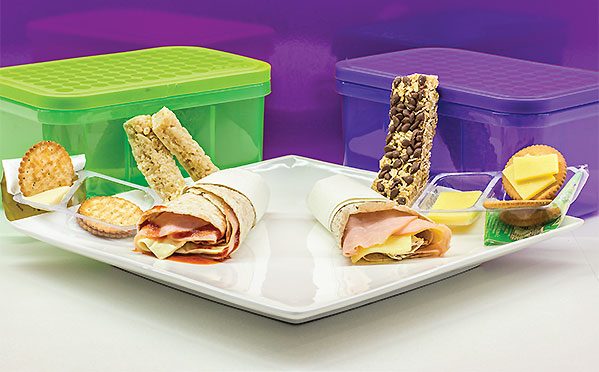
Rating well in battle to stay healthy
Australia has made a solid start in the roll-out of the Health Star Rating (HSR) system on packaged food, but significant progress is still needed according to research by The George Institute for Global Health.
Lead researcher, Dr Kristina Petersen of The George Institute and The University of Sydney, said just a small fraction of products carry the label, which is designed to help families buy healthier food.
“The HSR program gives products a star rating out of five, with a higher number of stars indicating a healthier food,” Dr Petersen said.
“It was introduced in June 2014 by the federal government on a five year voluntary basis as a way to simplify the nutritional information on packaged food and help consumers make healthier choices.
“Since then take-up has been steady but limited, with only 714 products carrying the label in four Sydney supermarkets surveyed for this research.”
“39 food manufacturers were also contacted and asked which of their products had a health star rating.
“This gave a higher total of 1865 products reported to be carrying the HSR.”
Dr Petersen said it was a good start, but there was still a long way to go.
“The number of products that should carry a HSR is constantly changing, as manufacturers make or discontinue items,” he said.
“However, there are certainly more than 20,000 products that should have an HSR and quite possibly close to double that number.
“So, while 1865 products sounds like a lot, at best it’s less than 10% of all eligible items.”
The key findings report Heading for the Stars: the progress of the Health Star Rating roll-out in Australia (PDF 1.2MB) also found that in the four supermarkets surveyed:
- 22% of HSR products had a rating equal to or lower than three, 32% had four stars and 14% had the maximum five stars
- 24% of the products with a HSR were breakfast cereals, followed by ready-meals (9%), cereal-based bars (6%), canned fish (6%), juice (5%) and spreads (5%)
- 41 companies were identified that are already putting the HSR on their products.
- Woolworths, Coles, Nestle and Sanitarium had the greatest number of products with the HSR.
Sanitarium General Manager Australia, Todd Saunders said the company was committed to the health and wellbeing of all Australians.
“We want to ensure the nutritional information on our products is transparent and easy to understand,” Mr Saunders said.
“The Health Star Rating system is an effective way to deliver this and we see the use of a consumer-friendly visual guide on packs as a great way to empower shoppers to make healthy food choices.”
Dr Petersen said she would like to see a stronger approach from government, when it came to implementing the HSR program.
“The government has decided the Australian community needs Health Star Rating labels so it should follow up with an implementation plan to match,” she said.
“The health of Australians is too important to leave to a voluntary program. This is a good start but if we don’t see massively increased coverage in the next 12 months it needs to be mandatory. One key issue is that government still hasn’t set any explicit targets for what it expects.’’
“We commend the government for getting behind this Health Star Rating program but really need to see the pressure cranked up across industry to make sure uptake is universal.”


